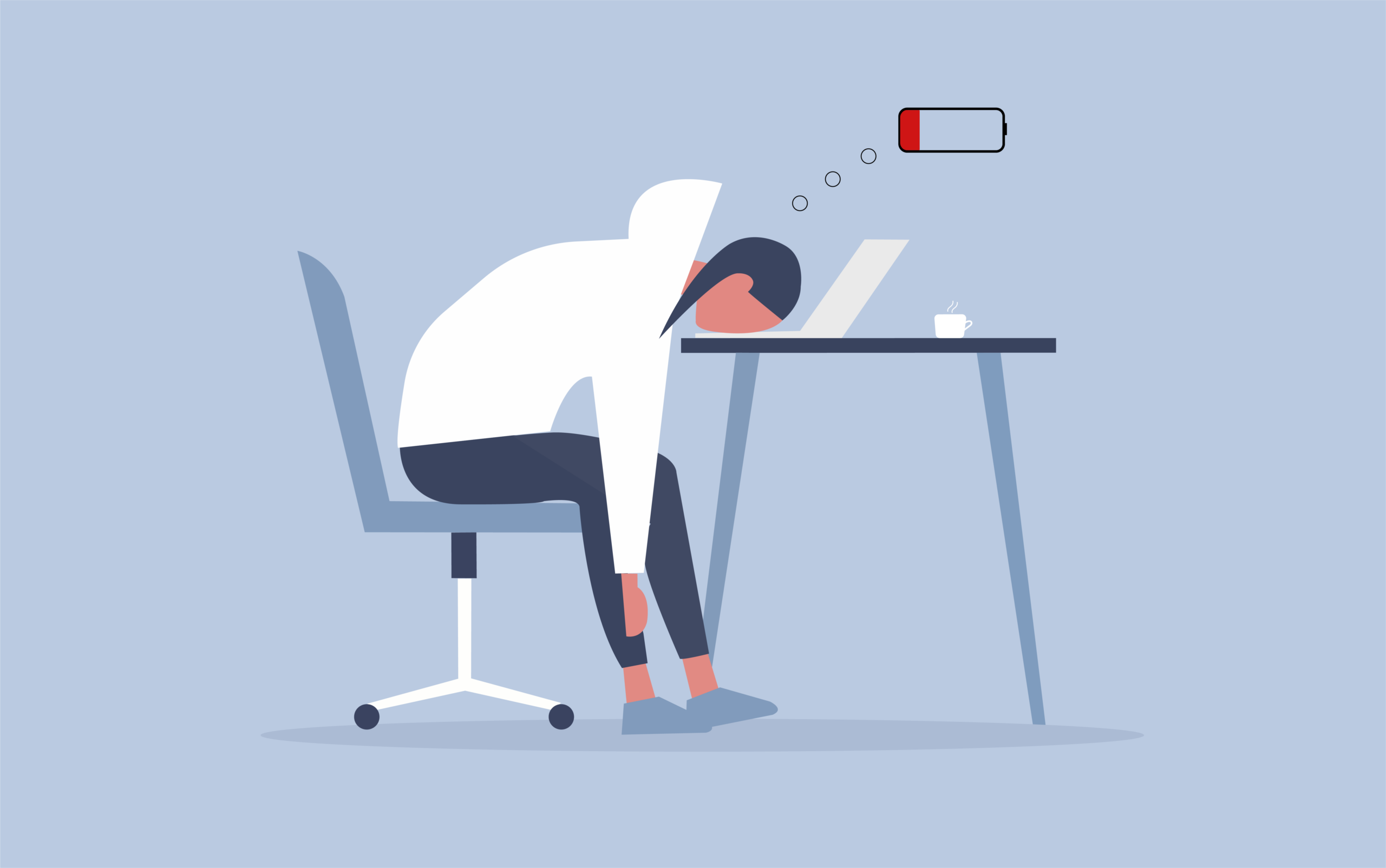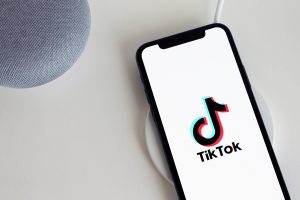After over a year of virtual learning, everyone is tired. “Zoom fatigue” has only increased among students and professors alike since the onset of the COVID-19 pandemic last March—an issue the Georgetown administration is trying to address with the help of the Center for New Designs in Learning & Scholarship (CNDLS) and the Office of Assessment and Decision Support (OADS).
The university began issuing student surveys last spring to examine and respond to challenges in the virtual learning environment. The results have been integral to informing changes to professors’ teaching styles, as the university and CNDLS continue making recommendations about how to improve students’ experiences and lighten workloads.
An email sent to faculty on Oct. 9 by former Dean of Georgetown College Chris Celenza and Vice Dean for Undergraduate Education Sue Lorenson revealed that 74 percent of students reported feeling engaged in their classes last September, compared to 40 percent the previous spring. However, this number quickly declined as the semester progressed. By the first week of October, self-reported student engagement was 57 percent, and towards the end of the month, 43 percent indicated that their engagement had decreased from the previous week.
Lead instructional technology aide Julie Nguyen (NHS ’24) explained in a written statement that, despite university efforts to alleviate stressors, Zoom comes with inevitable barriers to learning, which decrease engagement. “As a student who thrives in a classroom environment, the virtual platform is definitely more challenging.”
Recognizing challenges to engagement, CNDLS became more “intentional” in constructing courses adapted to the online setting rather than being “reactive” to the circumstances, according to Eddie Maloney, the executive director. The change occurred over the summer, when CNDLS held “course design institutes” to help faculty modify course structures to better fit virtual learning. Despite those adaptations, students still struggled to remain engaged.
“What we were hearing across the board is people are exhausted,” Lorenson said. She added that while the university wanted to include more breaks in the academic calendar this spring, concerns over COVID-19 cases were a factor in scheduling, as breaks resulted in surges at peer institutions.
As survey results came in, CNDLS and the deans’ offices worked to create what Lorenson and Maloney referred to as a “feedback loop,” in which changes to course structures were continuously made based on student responses. Each time a survey goes out, CNDLS and OADS synthesize the results and give it to the deans’ offices, who then relay their findings to faculty members. The Oct. 9 email in particular recommended faculty take steps to remedy specific concerns, such as classes regularly going over time, inflexible exam administration, and heavy workloads.
“One of the—I think—surprises that we heard from students was just how much work they were trying to manage in the fall,” said Maloney. “Even if faculty were asking the same amount of work that they might normally ask for in any given semester, it just took longer.”
Based on rising levels of student-reported fatigue in the fall, the university suggested larger structural changes for spring courses. In an email sent by Interim Dean of Georgetown College Soyica Colbert on Jan. 12, faculty were advised to avoid making assignments due on Presidents Day, to reconsider whether their curricula could be pared down without compromising course objectives, and to “identify a relief week”—ideally halfway between the start of the semester and Spring Break—that would include lighter workloads or less synchronous meetings.
Though the university communicates these insights to faculty, it is nearly impossible to enforce lighter workloads in practice. “We can say, ‘Here’s what we’re hearing from students,’ and we can say, ‘Here’s what we think would give you a break,’ but at some point, we need to trust that faculty will think about what works best in their classes,” Lorenson said.
To offer professors guidance on virtual instruction in the spring semester, CNDLS’s website on Instructional Continuity (IC) consolidated data from a student survey on Oct. 25, the third of its kind in the fall. Recommendations for professors were organized into three categories: “Empathy for students, engagement with material, and experience in the class.” The IC instructions also echoed Dean Colbert’s suggestion of a relief week, referring to it as a “soft break” in which “the workload is lighter, and/or where you do less Zoom time.”
In Nguyen’s experience, many professors have tried to accommodate the varying situations of students. “As an instructional technology aide, I worked with a few professors and they always were trying to find ways to make virtual learning as painless as possible,” Nguyen explained. “Despite all of these difficulties, they were always asking me what are some great things other professors did or just how they could make students’ lives easier. It really meant a lot.”
Doyle McManus, director of the journalism program, agreed. “I’ve never heard any professor say, ‘Okay, they’re just being slackers’ about the students. No, no, everybody gets it,” he said.
There are some difficulties that professors cannot change, however. Nguyen specified ongoing internet issues as a key challenge for students in a virtual environment. Buffering Zoom screens and inconsistent audio are unavoidable in classrooms, and leave students unable to follow along continuously. It’s also a problem students often cannot fix on their own.
According to Nguyen, many professors disable the chat function between students, preventing them from asking questions to their classmates, forming study groups, and clarifying missed information if their Wi-Fi does cut out. Not only are there barriers to peer interaction, but asking a question in class is now far more complicated. Professors often miss raised hands, and have moved past a topic by the time a student gets the opportunity to interject.
“I know that a lot of students chose Georgetown because of the networking and professional development/relationships that can be built here,” Nguyen explained. But in a digital classroom? “There are no opportunities to really speak to other students.”
Exacerbating difficulties with Zoom learning, according to Maloney, is the lack of variation in students’ daily routines, and a sense of detachment from the university’s community and co-curricular activities.
“There is no motivation to sit in front of a computer screen for longer than I have to. All assignments and courses are online, it sucks that our personal relationships have to be as well,” Nguyen wrote. “This deters me from attending study sessions, as I really just need a break from the computer.”
Virtual instruction has also been taxing on faculty, who are struggling to keep students’ attention, strike a balance between synchronous and asynchronous work, and remain cognizant of the difficulties that accompany virtual learning. They are also navigating a completely new mode of teaching, which for some comes after years or even decades of in-person instruction.
Though they may spend less time on Zoom than students, professors struggle when the liveliness of the in-person classroom is absent. “A great deal of the fun of teaching frankly is getting to know smart and interesting students,” McManus said.
“It is so difficult to create relationships with your professors because you really never talk to them,” Nguyen wrote. “You can still go to office hours and everything but it will never amount to the same experience as an in-person course would be.”
However, Zoom has undoubtedly afforded teachers unique pedagogical opportunities, such as inviting more guest speakers to classes and increasing flexibility through asynchronous work. According to Lorenson, breakout rooms, flexible coursework, and finding ways to get students out in their communities and away from screens are all strategies that she will consider integrating into her in-person classes.
Students have found some benefits to virtual learning as well. For Nguyen, recorded lectures allow her to revisit a class at her own speed and offers flexibility to her schedule. Regarding asynchronous work, Nguyen added, “I really do enjoy being able to decide when I want to tackle an assignment.”
That flexibility, however, comes at a price. A virtual environment requires students to hold themselves more accountable for their work, as there are less synchronous meetings and limited peer motivation.
“I cannot even explain how easy it is to skip a lecture and say that you will watch the recording later,” Nguyen admitted. “That is one hole you do not want to fall down.”
Regardless of Zoom’s benefits, every member of the Georgetown community is ready for students to return to physical classrooms. This prospect seems even more likely following President John DeGioia’s email communication detailing the university’s intentions to welcome the vaccinated Georgetown community back to campus in the fall.
According to McManus, who has brought guest speakers into his virtual classroom, the lessons from virtual learning will remain regardless of how many students are in seats next semester.
“Here’s a warning ahead of time: We’re not gonna be able to throw our Zoom apps away after the pandemic is over.”





